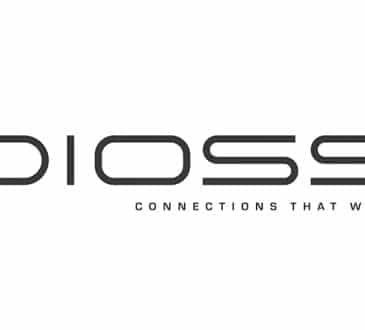What Happens to Company Culture When Employees Work from Home?

Do you remember your first day of work with your current employer? Did someone show you around, or were you left to find the cafeteria on your own? Maybe you attended an orientation and met your team at a welcome event. Or perhaps your experience was vastly different: you may have been handed an employee policy manual and not much else, so you spent the next few weeks informally introducing yourself to colleagues.
In the first few days at the office, you had the chance to observe the décor, your colleagues’ attire, how people interacted, and whether there was hand lotion in the restrooms. Your subconscious brain picked up important cues on corporate values, which, in turn, shaped your behavior at work.
This begs the question:
If corporate culture is passed along, reinforced, and shared by people, can it be sustained while employees are working from home?
According to a study by PwC, probably not; 68% of leaders believe their employees should be in the office three or more days each week to sustain a strong organizational culture.
If we acknowledge that we need to co-locate a few days each week to sustain our company’s culture, we also need to acknowledge that months of remote work will likely weaken it. Within your at-home workforce, the culture might be different from what you remember. In some companies, remote work has strengthened organizational cultures. In others, it’s weakened it. And for some, the culture has simply changed.
How do you know where your own culture stands? Ask these five questions:
- What was the state of your culture before employees worked remotely?
Some companies, like Google, IBM, Johnson & Johnson, and WD-40, are known for tight organizational cultures. The idea of a “tight” or “loose” culture is covered by cultural psychologist Michele Gelfand in her excellent book, and her distinction is important.According to Gelfand, in tight cultures, deviation from norms isn’t tolerated: employees act in similar ways and adhere to behavioral expectations, even while working remotely.
In contrast, within “loose” cultures, there’s greater variation in what’s considered acceptable. When employees work remotely, the culture tends to become even looser.
Creating a strong corporate culture requires leaders with cultural agility, who can use persuasion, motivation, and modeling to tighten the corporate culture again.
- What do your corporate communications and activities reinforce?
Has your company kept a consistent communication strategy to promote, reward, retain, and reinforce its values, no matter where its employees are working?Consider the ways meetings are held, how leaders respond to (and interact with) remote workers, and how the company demonstrates concern for the health and safety of its employees.
If your messaging has remained consistent, your organizational culture has likely been sustained. In fact, it may even have been strengthened.
- How many remote employees have you hired?
New employees who are required to work remotely from the start will have less of a tangible connection to your organizational culture. While your company may have made extraordinary attempts to onboard virtually, these workers will connect with your virtual culture, which may or may not reflect where you’d like your organizational culture to be. - What major organizational changes have been made?
Have you recently closed offices, restructured the business, or downsized? If so, you’ll likely see a significant change in your culture. These activities signal to employees that there’s change, that old rules and company expectations might not apply anymore. Leaders will need to use their cultural agility to recreate the organizational culture that will best enable the company to succeed. - Has your company pretended to be something it’s not?
Even if your employees have worked for months—or even years—from home, many have the tacit understanding of what your company truly values.For example, if your organizational culture was warm and supportive before shifting to a remote environment, Zoom birthday celebrations and virtual retirement parties have likely been well received and sustained. But if your organization’s culture was buttoned up, these same celebrations will prompt a few eye rolls—and you’ll have work to do to reorient employees and restrengthen your culture.
The good news?
In a study we conducted, 79% of employees reported that they miss going to an office. Similarly, PwC found that 87% of employees say that office environments are beneficial for collaborating with colleagues and strengthening relationships. These are all positive indicators that corporate cultures can return, but we need to ensure leaders have the cultural agility to make this happen.
Written by Dr. Paula Caligiuri.
Add CEOWORLD magazine to your Google News feed.
Follow CEOWORLD magazine headlines on: Google News, LinkedIn, Twitter, and Facebook.
Copyright 2024 The CEOWORLD magazine. All rights reserved. This material (and any extract from it) must not be copied, redistributed or placed on any website, without CEOWORLD magazine' prior written consent. For media queries, please contact: info@ceoworld.biz








